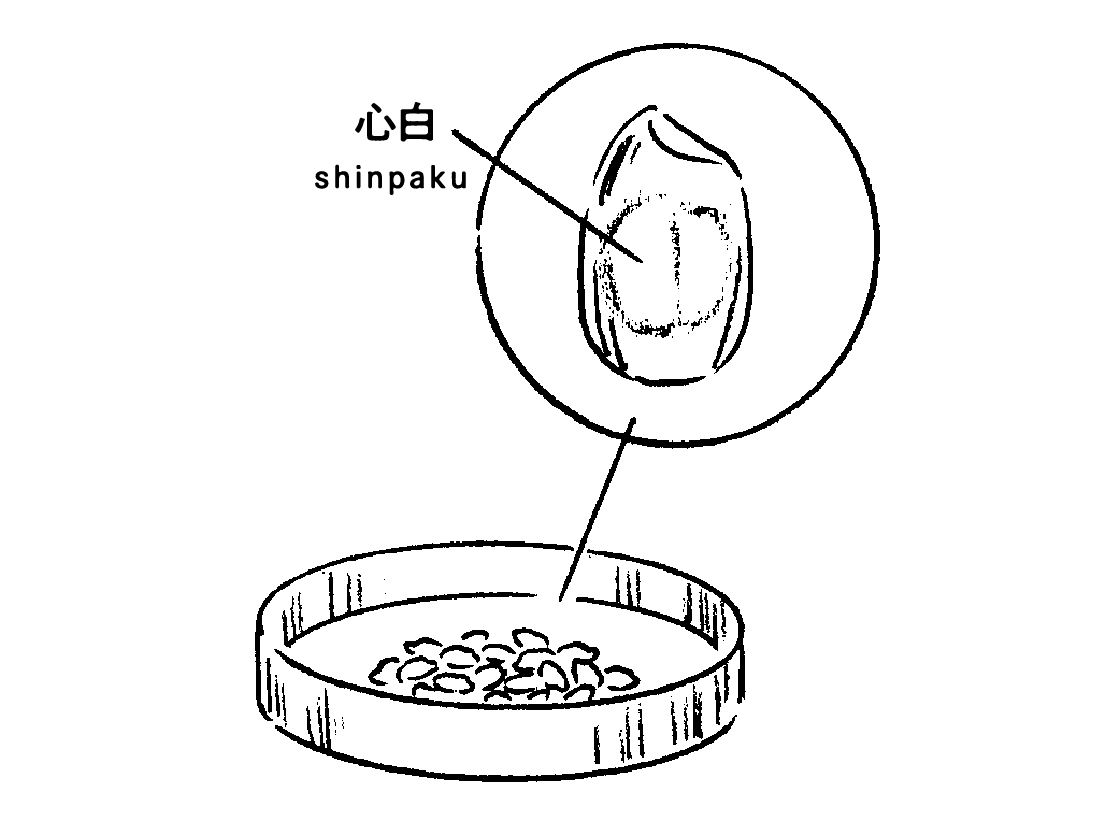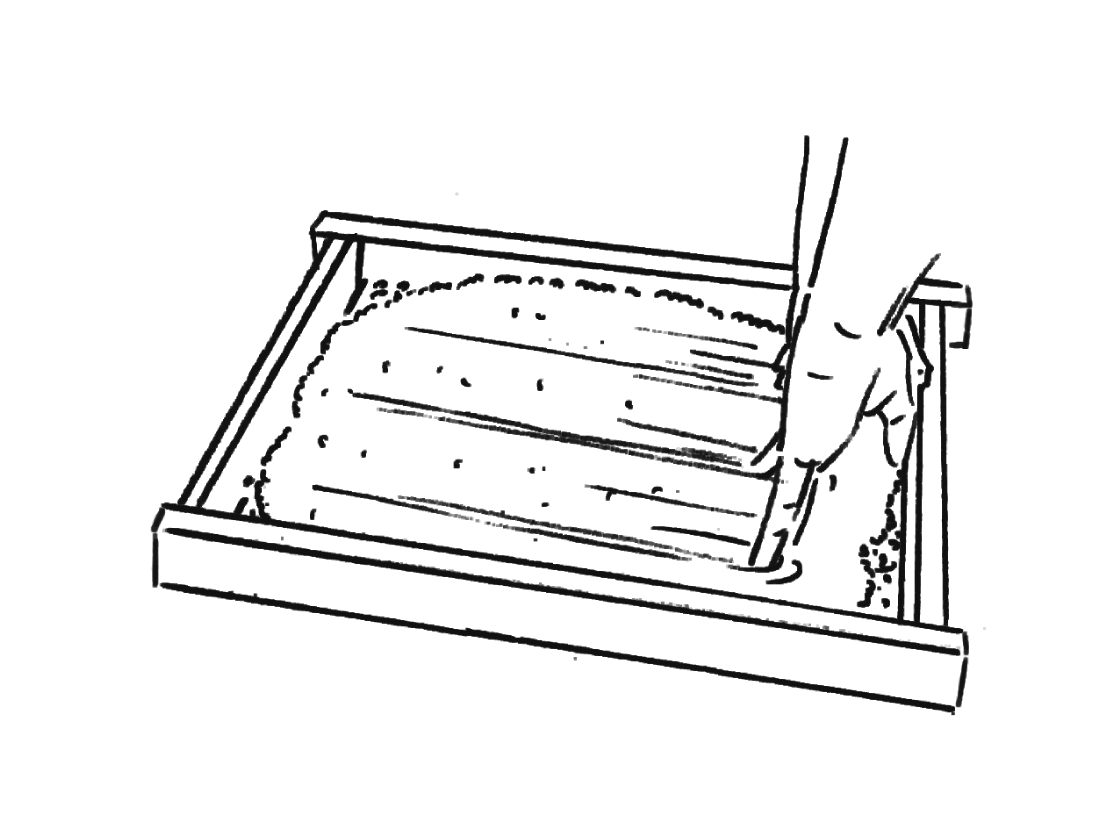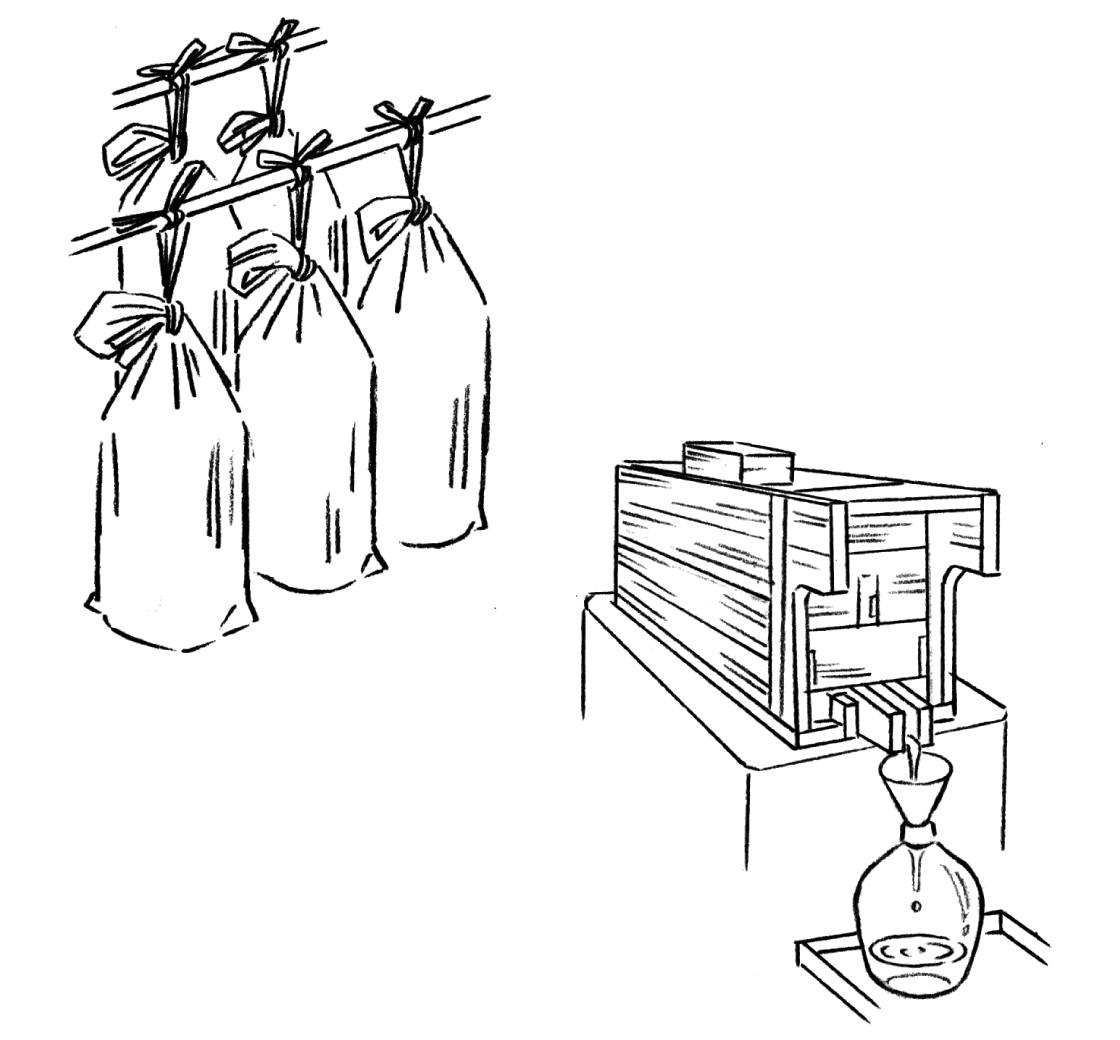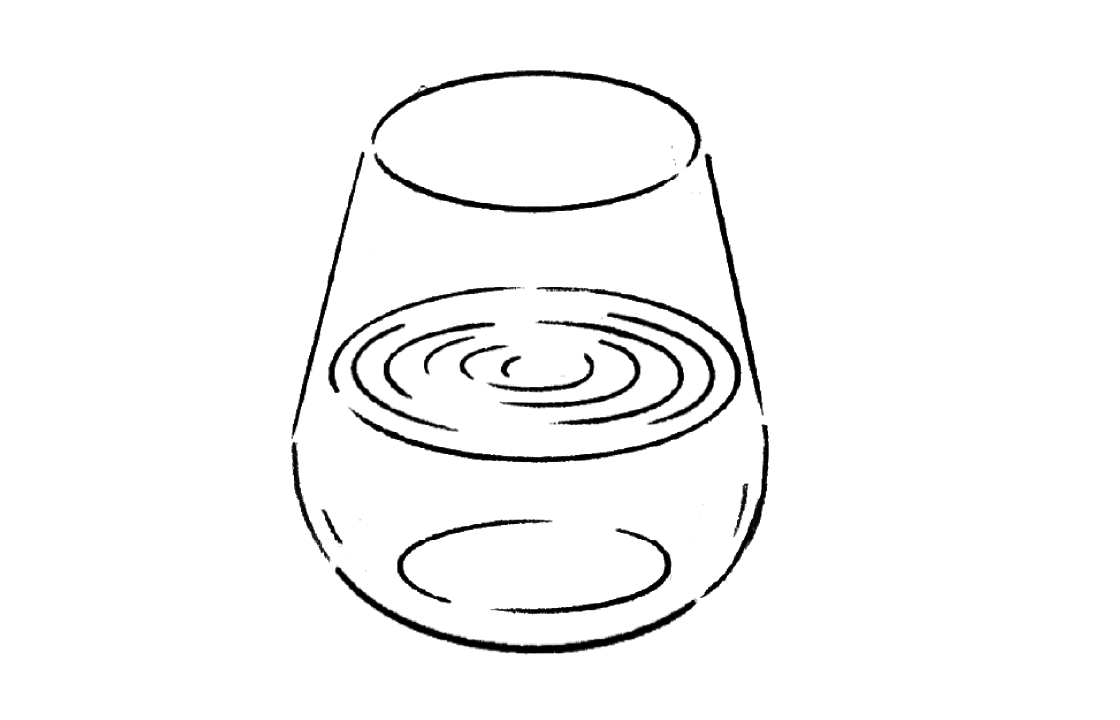Taking flavor
to a new level
A profile that combines transparency
and softness
and goes beyond both.
A unique mouthfeel that
fades away like a dream.
Our brewing philosophy
is
a fusion of nature
and culture
Ippongi adopted the Nambu method of sake brewing in the 1960s in an attempt to create a light, clean profile.
But successive generations of master brewers found that Okuechizen's climate worked against them. It was cold and humid, unlike the cold and dry conditions the Nambu method was developed in.
Ippongi’s master brewers diligently passed down their skills for 60 years, through four generations of master brewers. Eventually, they surpassed the classic light, smooth and clean Nambu profile and created something unique to Ippongi, a special combination of transparency and softness.
The Nambu-Toji Sake Contest is one that every master brewer working in the Nambu tradition aspires to win. Our fusion of the Okuechizen climate and terrain with the Nambu method of brewing has won us first place twice, in the 89th contest (2007) and the 97th contest (2016).
A sake is local by being
made from local rice.
Escaping the king of
sake rice
The Japan Sake Awards are the country's most prestigious national competition. Most entries are made with Yamadanishiki, and less than 5% of entries made from another variety win a Gold prize. You can see why Yamadanishiki was nicknamed the ‘king of sake rice.’
But if you are making truly local sake, can the king of sake rice produce real local flavor?
We want to brew premium sake that could only be created from this climate and terrain. So we started a joint development project with the Fukui Prefectural government to create an original high-quality sake rice. And after 8 years of tireless effort, Sakahomare was launched.
The first hurdle
There was one hurdle we had to clear when we started brewing with Sakahomare. We needed to win a Gold prize in the Japan Sake Awards competition with a sake made from rice other than Yamadanishiki.
There were 821 entries from all over the country, and only 41 sake received a Gold prize without using Yamadanishiki. And Ippongi’s first submission with Sakahomare rice used sake was among them.
Its special mouthfeel could not be created with existing sake rice varieties. We showed it could be done using Sakahomare, and the infinite potential of this sake rice carried us past this first hurdle.
Majesty
unique to this place
When you come across sublime aromas and flavors, beyond your wildest imagination, words fail you and what emerges instead is a smile. Why?
Created through the fusion of Okuechizen's climate and terrain and the Nambu brewing method, Ippongi's daiginjo ascended to new levels of flavor when we discovered Fukui Prefecture's premium sake-specific rice, Sakahomare.
It produced a majesty that could only be created in this place, one that transcends transparency and gentle aromas and flavors. It creates a special mouthfeel sensation that fades away like a dream.
We aim to create that special moment when sake enthusiasts break into a smile.

Building on a foundation
of 120 years
We rebranded to commemorate 120 years in business, and decided to use Sakahomare rice in order to brew high-quality sake that expresses the terroir of Okuechizen.
We distill our own junmai sake made from Sakahomare to make the alcohol added to our daiginjo.
We aim to produce sublime sake that can be made nowhere else except here in Okuechizen, by making only the finest quality sake with rice polished down to 30%.

Sakahomare,
Fukui Prefecture's
original high-quality
sake rice
In 2018, after 8 years of research that generated 8,000 candidate varieties, just one was selected. Named Sakahomare, it had a host of desirable characteristics including producing the ‘shinpaku’ (starch core) prized in sake brewing at a rate over 10% higher than Yamadanishiki, the ‘king of sake rice’.
We are also looking for the optimal way to grow it. The entire Sakahomare crop is grown to a prefecturally-certified special agricultural standard which restricts the use of chemical fertilizers and pesticides to at least half the normal local level. Growing the entire crop in this way is completely unprecedented not only for sake rice but for any agricultural product.

Polishing down to 30%
Based on our accumulated experience, polishing down to 30% is the ideal limit for rice polishing. This level of polishing eliminates as much protein, and therefore off-flavors, as possible while retaining enough of the rice grain to ensure vigorous fermentation. Polishing less gradually results in less clarity of aroma and flavor, and polishing more revealed the thinness of the body. We feel that 30% polishing is ideal both for Yamadanishiki grown in Okuechizen and for Sakahomare.
We continue to further our knowledge through the practice of brewing, but currently polishing to 30% is optimal for producing the special mouthfeel of our sake.

We produce our own
distilled
alcohol to
fortify our daiginjo.
How much to polish the rice is not the only choice to make when brewing premium sake. We must also decide whether we are brewing a daiginjo (fortified) or a junmai daiginjo (unfortified), and this decision sends us down one of two very different routes.
Sakahomare is as or more soluble as Yamadanishiki during brewing, while producing characteristic clear rice-driven flavors. Daiginjo, which tend to be clearer than richer junmai daginjo, are a better choice for showcasing the charm of Sakahomare and its special mouthfeel sensation that fades away as gently as a dream.
Most sake is fortified with alcohol produced from molasses, but we mainly use our own alcohol which is distilled from Sakahomare junmai instead. This allows us to produce our own distilled alcohol for addition to our daiginjo, further increasing its appeal.

The pressing stage –
fukurozuri and fune press
The pressing stage, where solids remaining after fermentation are separated from the liquid sake, is critical in pursuit of our special mouthfeel sensation. Rationally and economically, an automated press is usually the best choice for this stage. But automated pressing makes it harder to achieve our special mouthfeel, so we did not hesitate to rule it out.
All Ippongi daiginjo is first allowed to drip through cloth bags solely under the force of gravity (fukurozuri method), so that only the purest components filter through. This leaves a large amount of mash in the bags, so more liquid is then gently extracted using a traditional fune press. We therefore make two products from the same mash, based on whether the sake was gravity dripped or pressed in the traditional fune.

Seeking a
special mouthfeel
The special mouthfeel of our sake is thanks to Sakahomare. The sake is so light and lively, you barely feel it on your tongue when drinking. The finish is completely different from the short finish produced by acidity, and there is no recoil from the throat. Instead it coalesces into a mysterious whole that fades away before you know it.
This sake with its graceful sweetness allows you to fully experience our special mouthfeel that fades away as softly as a dream.

